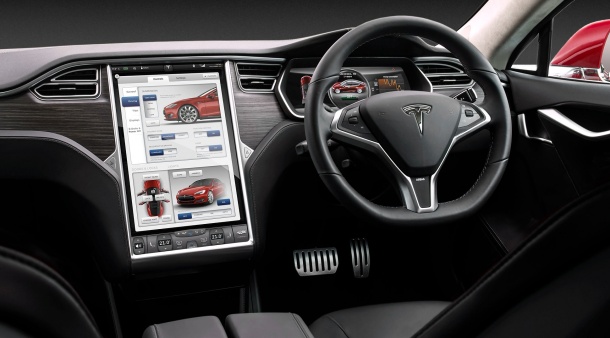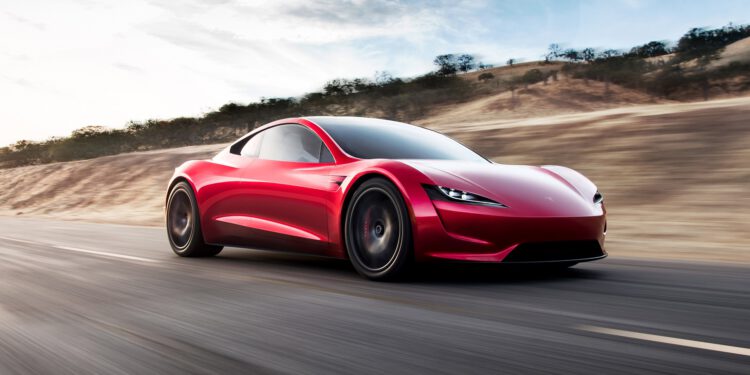The new Tesla AI chips have begun to reach the owners of the Model S. So are these new processors.
Until a few months ago Tesla bet on NVIDIA graphics processors in their cars. But in April it became known that the company was working on its own artificial intelligence chips. This development is aimed at the step-by-step design of autonomous driving.
Although it has not been until now that Tesla AI chips they have been deployed in the first vehicles. Some owners, at least one of a Model S, have seen their car updated with new technology. In his case, he took the vehicle for other reasons and, taking advantage of the situation, the manufacturer incorporated the new processor.
The new AI chips are framed in the FSD (Full Self-Driving)package, as Elon Musk called it in his presentation. This system includes different sensors, radar, ultrasound and a number of cameras. All these data receivers deliver their discoveries to one brain: the AI chip.
The task of these artificial intelligence processors is dealing with the large mass of information that is constantly collected. The devices are designed to treat images and video through algorithms designed to extract the value of them for driving.

How to process these images it is based on neural networks , the discipline of artificial intelligence capable of a higher level of automation. Autonomous cars will have to rely on this technology in the future to minimize the margin of error.
Just a first step
The launch of these Tesla AI chips is only the beginning of autonomous cars for the brand. In recent years, some steps have been taken in this direction, but they are still timid initiatives.
The Autopilot function has been used in Tesla cars for a long time, under the necessary supervision of the drivers. This has served the company to collect data on the behavior of your vehicles when nobody drives. It has also been a way of introducing Tesla owners to the custom of letting go of the steering wheel.
The launch of AI chips goes the same way. Although this time at a more technical and less costumbrista level. They are certainly not a magical instrument, which transforms current cars into autonomous. But it does guarantee greater computing resources , so that processing is optimized.
Thus, it is possible on the one hand to test these chips, to launch improved versions in the future. On the other side, tests in real situations serve to train the technology. However, the system for making autonomous cars a reality is far from complete. If the hardware still has optimization left, the software, even more. And Tesla will not release new software with these processors.
Images: Tesla









